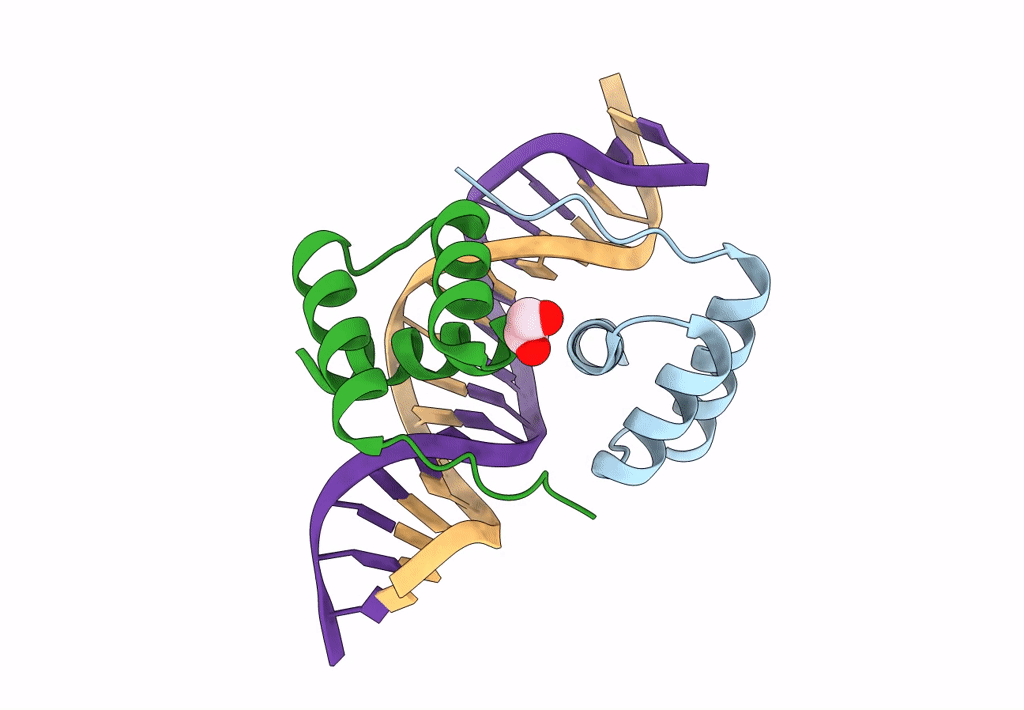
Deposition Date
2022-09-18
Release Date
2023-09-20
Last Version Date
2024-09-18
Entry Detail
PDB ID:
8EJO
Keywords:
Title:
Crystal structure of the homeodomain of Platypus sDUX in complex with DNA
Biological Source:
Source Organism:
Ornithorhynchus anatinus (Taxon ID: 9258)
Homo sapiens (Taxon ID: 9606)
Homo sapiens (Taxon ID: 9606)
Host Organism:
Method Details:
Experimental Method:
Resolution:
2.67 Å
R-Value Free:
0.23
R-Value Work:
0.22
R-Value Observed:
0.22
Space Group:
P 43 21 2


